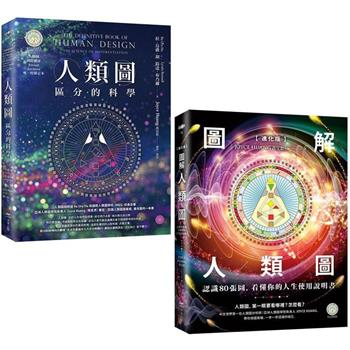A new translation of one of Balzac’s finest novels, this tale of misguided passion centers on a young aristocrat who falls into a cloaked, coded entanglement with an older countess--a relationship that is upended when he becomes involved with a new lover.
A story of impossible and unsatisfied desire, Balzac’s The Lily in the Valley opens with a scene of desire unleashed. Félix de Vandenesse, the shy teenage scion of an aristocratic family, is at a ball, when his eyes are drawn to a beautiful woman in fashionable undress: before he knows what he is doing, he throws himself upon her, covering her bare back with kisses. In shock, she pushes him away. He leaves the party in shame. The woman at the party is Henriette de Mortsauf, married to a much older count. Time passes, and Félix is reintroduced to her. Nothing is said of what transpired, though nothing is forgotten, and a courtship begins whose premise is that Félix will worship Henriette without displaying the least sign of desire. He waits on her. He plays endless board games with her impossible husband. He develops a language of flowers and presents her with elaborately coded bouquets. Félix and Henriette are in a swoon, until he departs for Paris to pursue a career in politics and takes up with the uninhibited Arabella Dudley. Meanwhile Henriette is on her deathbed. She writes him, "Do you remember your kisses? They have dominated my life and furrowed my soul. . . . They are my death!" The Lily in the Valley is a terrible fairy tale of two people lost in a game of love--or is it? Peter Bush’s new translation brings out the psychological dynamics of one of Balzac’s masterpieces.| FindBook |
有 1 項符合
The Lily of the Valley的圖書 |
 |
The Lily of the Valley 作者:Balzac / 譯者:Bush,Peter 出版社:New York Review of Books 出版日期:2024-07-23 語言:英文 規格:平裝 / 304頁 / 普通級/ 初版 |
| 圖書館借閱 |
| 國家圖書館 | 全國圖書書目資訊網 | 國立公共資訊圖書館 | 電子書服務平台 | MetaCat 跨館整合查詢 |
| 臺北市立圖書館 | 新北市立圖書館 | 基隆市公共圖書館 | 桃園市立圖書館 | 新竹縣公共圖書館 |
| 苗栗縣立圖書館 | 臺中市立圖書館 | 彰化縣公共圖書館 | 南投縣文化局 | 雲林縣公共圖書館 |
| 嘉義縣圖書館 | 臺南市立圖書館 | 高雄市立圖書館 | 屏東縣公共圖書館 | 宜蘭縣公共圖書館 |
| 花蓮縣文化局 | 臺東縣文化處 |
|
|
圖書介紹 - 資料來源:博客來 評分:
圖書名稱:The Lily of the Valley
內容簡介
作者簡介
Honoré de Balzac (1799-1850), one of the greatest and most influential of novelists, began his career as a pseudonymous writer of sensational potboilers before achieving success with a historical novel, The Chouans. Balzac then conceived his great work, La Comédie humaine, an ongoing series of novels in which he set out to offer a complete picture of contemporary society and manners. Always working under an extraordinary burden of debt, Balzac wrote some eighty-five novels in the course of his last twenty years. Also available from NYRB Classics are Balzac’s The Unknown Masterpiece, The Memoirs of Two Young Wives, and The Human Comedy: Selected Stories.
Peter Bush is an award-winning translator who has translated several books for NYRB Classics, including Josep Pla’s The Gray Notebook, Ramón del Valle-Inclán’s The Tyrant Banderas, and Joan Sales’s Uncertain Glory. He lives in the UK. Geoffrey O’Brien is an American poet, editor, book and film critic, translator, and cultural historian. He served as Editor-in-Chief of The Library of America for several years. His latest book, Arabian Nights of 1934, will be published in June 2023. He lives in Brooklyn.
|











